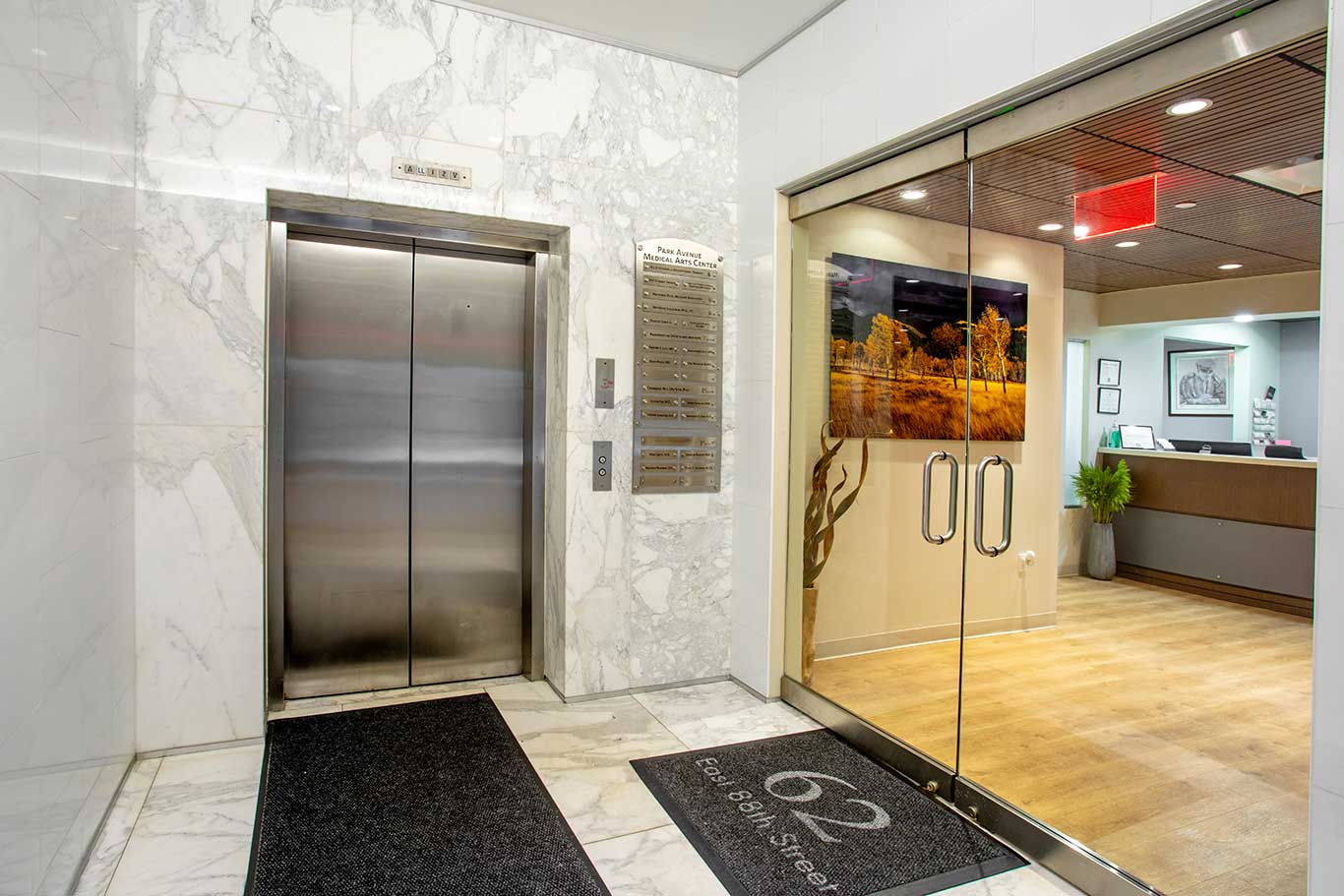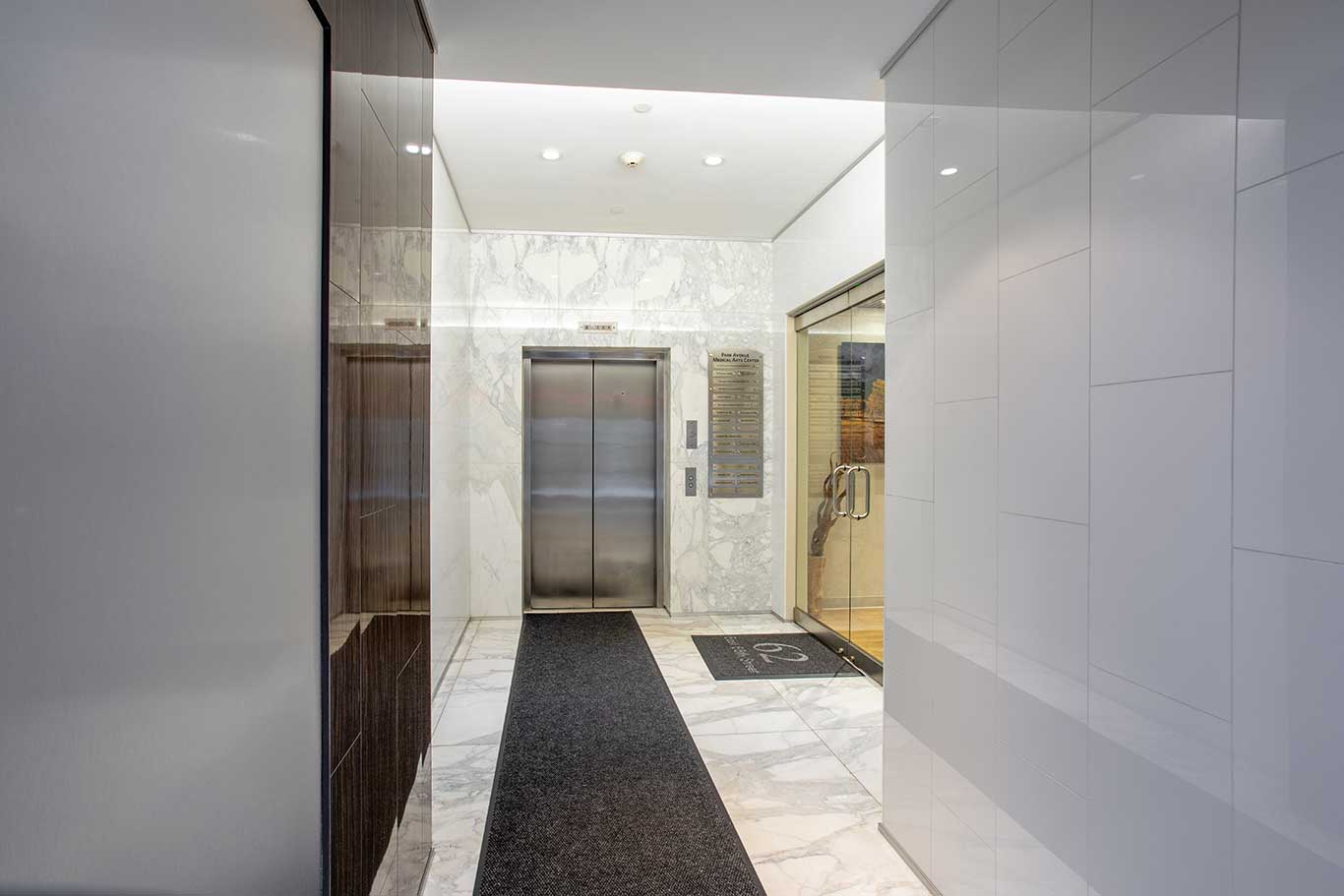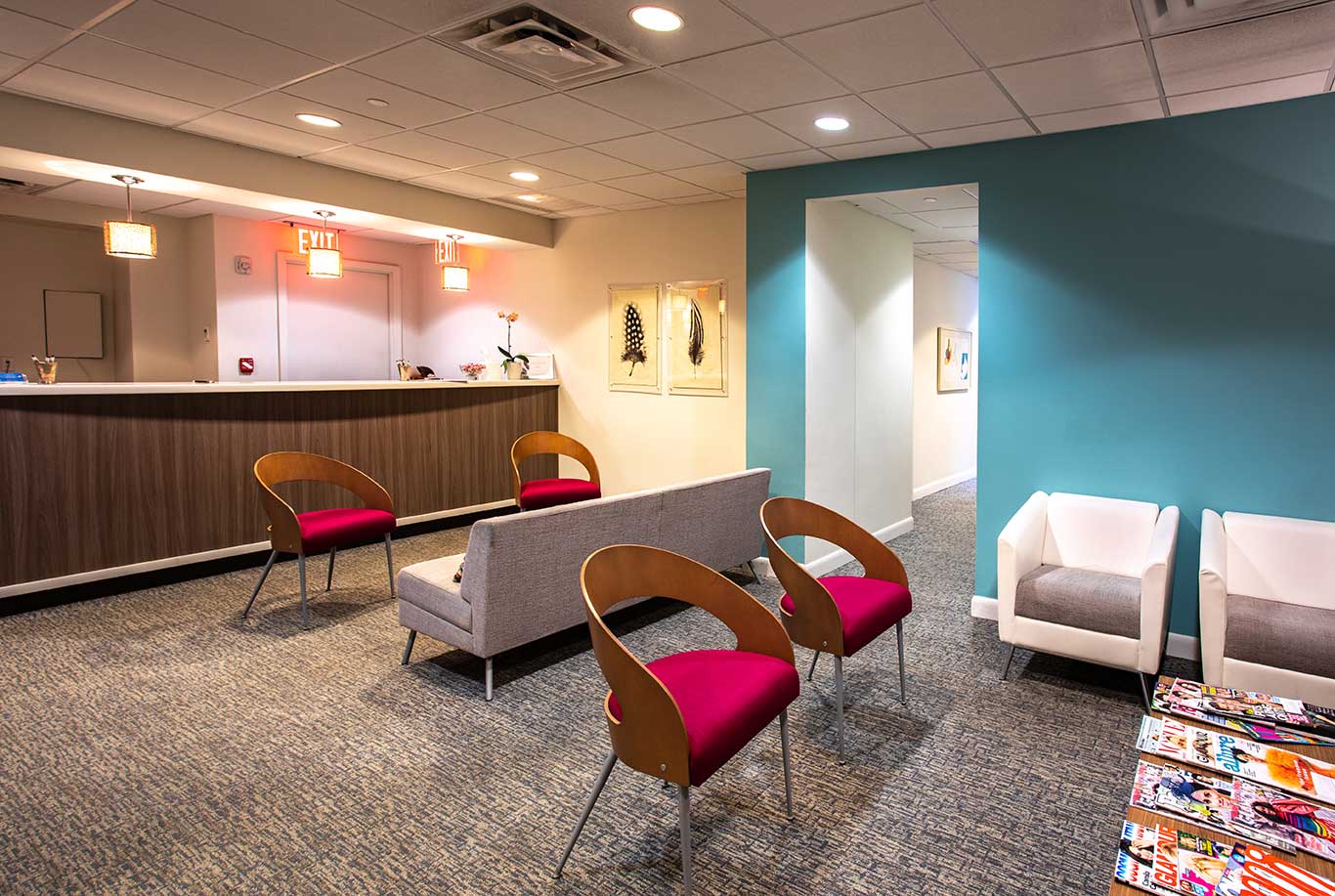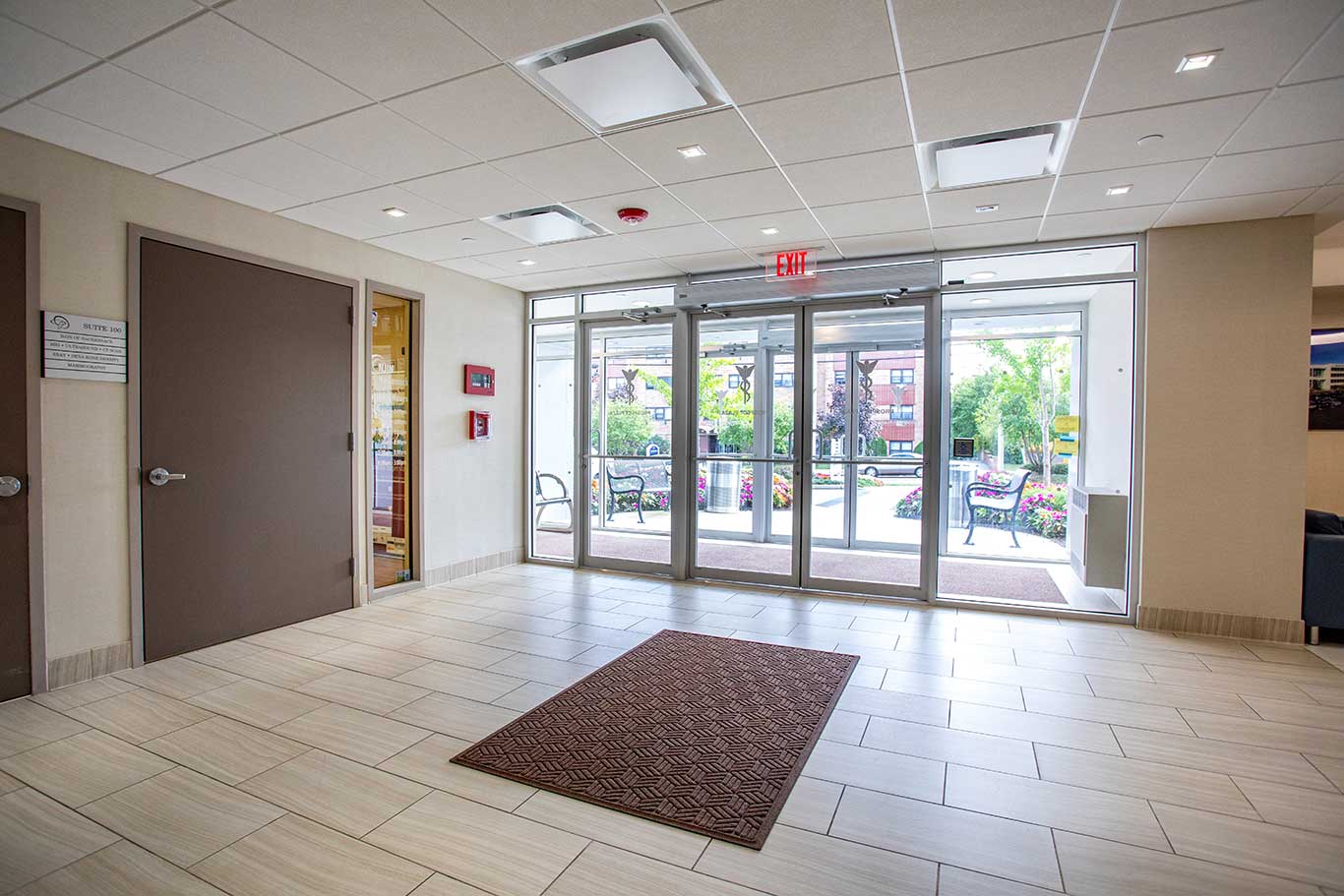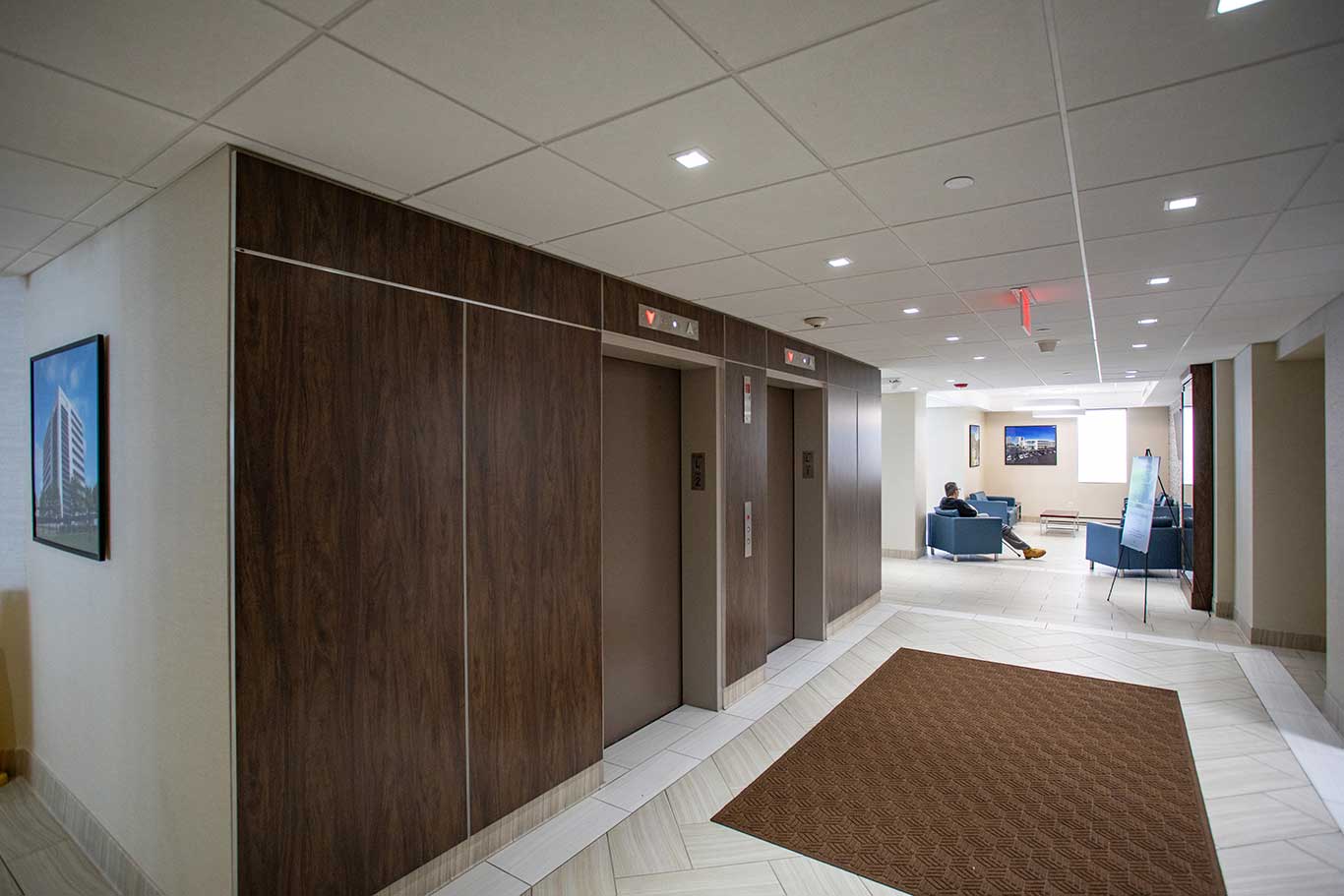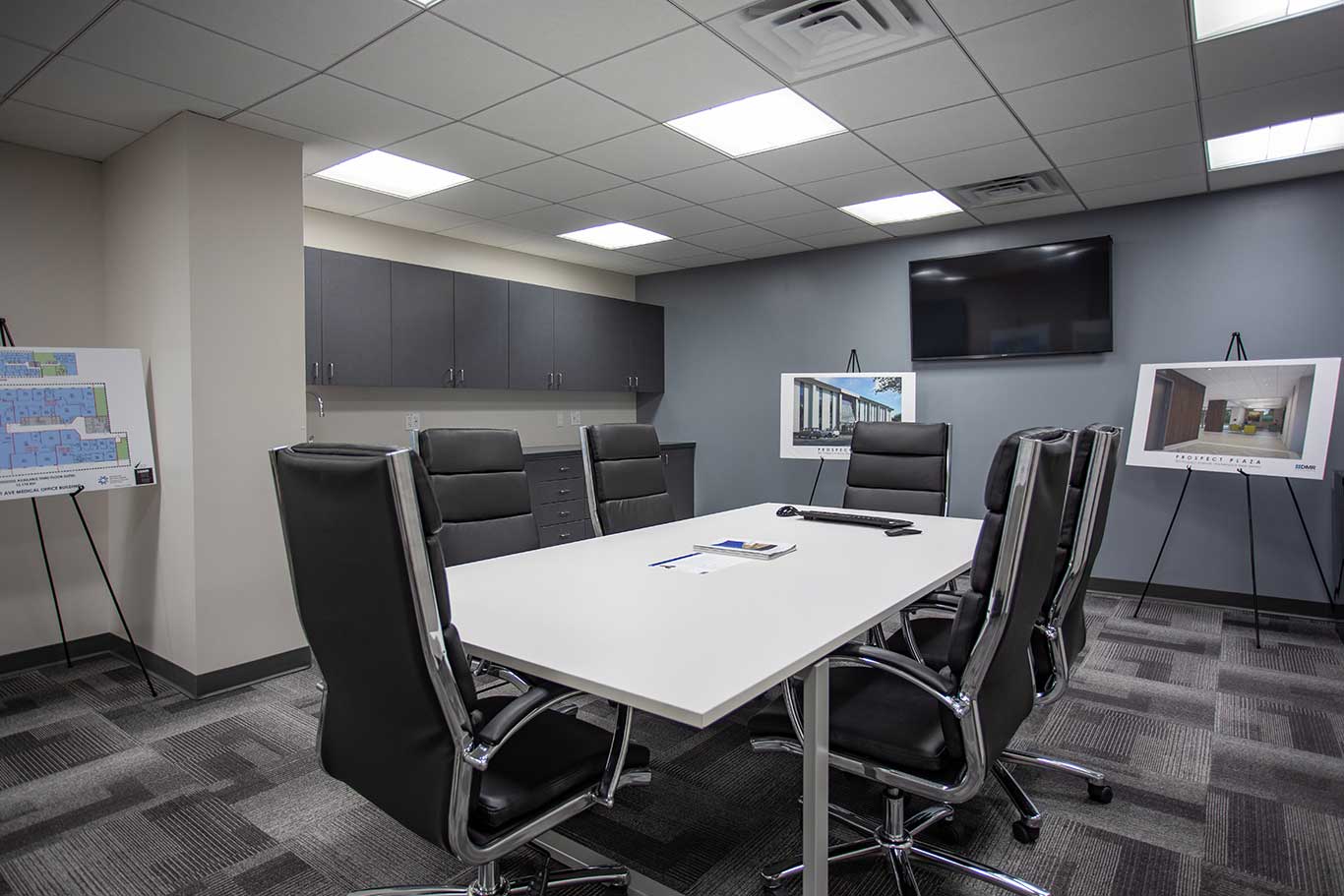Healthcare Real Estate Developer Joe Simone Sees Boom in ‘Medispas’ Spurring Medical Office Makeovers
BRONX, NY (August 9, 2021) — Healthcare real estate developer Joseph Simone foresees big investment in medical office makeovers as doctors jump on the medical spa bandwagon.
“A national boom in consumer demand for medispas has medical practices and hospitals turning to real estate developers for new locations or renovations of existing offices, lounges and treatment rooms to deliver a spa environment,” said Joe Simone, President of Simone Development Companies. “Consumers willing to spend big money on cosmetic lasers, injections and other elective procedures expect new levels of comfort from their providers.”
A recent article in Medical Economics estimated that the medical spa market is expected to reach $33.9 billion by 2026, with a compound annual growth ratio of 13.8%.
“Once the realm of estheticians and dermatologists, medical spas are increasingly seen by medical practices and hospitals as a revenue stream that allows established healthcare groups to bring their brand recognition to a booming field,” said Joseph Simone.
Big retailers are also jumping on the medispa bandwagon. Earlier this year, Jack Nathan Health, a company that operates medical clinics inside Walmarts in Canada and Mexico, announced that it is expanding to eight more Walmarts in Canada to offer cosmetic injections, including Botox.
“The growing interest in wellness and self-care means that medical providers must reevaluate sterile medical office environments,” said Joe Simone. “Simone Development Companies is ready to partner with medical groups to design successful medical spas.”
62 East 88th Street
62 East 88th Street
Manhattan, NY
Conveniently located in the heart of the sought-after Carnegie Hill neighborhood on Manhattan’s Upper East Side, 62 E 88th Street is a 19,000 square-foot state-of-the-art medical condominium in a luxury doorman building. Known as Park Avenue Medical Arts Center, the building’s medical suites offer private elevator access, a separate entrance and a renovated lobby. The building is close to major Manhattan hospitals including Mount Sinai Medical Center, Lenox Hill Hospital, NewYork-Presbyterian, Weill Cornel Medical Center and the Hospital for Special Surgery. The property also offers easy access to mass transit.
FOR LEASING INFORMATION, PLEASE CONTACT:
Real Estate Developer Joe Simone Says Increase in Knee Replacements Will Fuel Ambulatory Surgical Center Expansion
A projected increase in knee replacement surgeries will fuel the growth of ambulatory surgical centers, according to healthcare real estate developer Joseph Simone.
“We are experiencing a revolution in knee replacement technologies that are allowing doctors to perform minimally invasive surgeries that do not require hospital settings,” said Joe Simone, President of the Simone Development Companies, a leading developer of healthcare facilities. “For real estate developers, that means we will see greater demand for new ambulatory surgical centers as increasing numbers of the active elderly seek solutions to joint pain.”
In June, Renub Research Analysis published a report on the global knee replacement market. Renub predicted that in the United States, the value of knee replacements will rise from $8.02 billion in 2020 to $12.87 billion by 2027, a compound annual growth rate of 6.99%.
“Knee replacements will become more common and most of them will occur in the types of ambulatory surgical centers that Simone Development Companies have built, such as the Montefiore Hutchinson Campus in the Bronx, NY,” said Joseph Simone. “By 2040, the Centers for Disease Control and Prevention estimated that 78 million adults in the U.S. will be diagnosed with arthritis.”
Patient interest in ambulatory surgical centers accelerated during the Covid-19 pandemic, when many hospitals were closed to patients who did not need life-saving interventions. Many patients who needed elective surgery like knee replacements were also reluctant to enter any facility that resembled a hospital for fear of contracting Covid-19.
“The construction of ambulatory centers has been strong for years, but with the pandemic and innovations in surgical procedures, the demand for these facilities is exponentially expanding,” said Joe Simone. “We are actively partnering with hospitals and other healthcare providers to identify locations for new construction.”
Joseph Simone, President of Simone Development Companies Sees Aging Baby Boomers Behind Healthcare Real Estate Growth
Real estate developer Joe Simone says that a recent U.S. Census report demonstrates how aging Baby Boomers are driving growth in healthcare real estate and jobs.
“The expansion of healthcare complexes nationwide is partly due to the aging Baby Boomers, who as they age require more medical services,” said Joseph Simone, President of the Simone Development Companies, a leading developer of healthcare facilities. “The oldest Baby Boomers are now 75. I foresee the demand for nursing homes, assisted living, rehabilitation centers and ambulatory facilities to quickly grow to accommodate a surge in the elderly population.”
U.S. Census reported last month that from 2010 to 2019, the percentage of the population 65 and older grew nationally (from 13.1% to 16.5%) in all 50 states and the District of Columbia. This growth in the elderly population is affecting the national job market. According to the U.S. Bureau of Labor Statistics, registered nursing is listed among the top occupations in terms of job growth. Employment of registered nurses is projected to grow 7 percent from 2019 to 2029, faster than the average for all occupations.
“All these new nurses will find employment in new or expanded healthcare complexes. Real estate developers will be very busy over the next decade delivering new buildings where the growing ranks of health practitioners will work,” said Simone.
Healthcare providers are already positioning themselves to receive the aging Baby Boomers, who demand convenience and amenities. Simone Development Companies renovated Mount Sinai Doctors’ 80,000-squar-foot facility in Greenlawn, NY to create a modern physical plant that conforms to current design standards and provides a high-quality patient experience.
“Healthcare real estate developers must take the Census and BLS numbers seriously and identify new building sites,” said Simone. “Yesterday’s doctors’ offices are not equipped to handle the coming wave of aging Baby Boomers.”
Prospect Plaza
Prospect Plaza
385 Prospect Avenue, Hackensack, NJ
This repositioned three-story, 62,000 square-foot medical office building has been extensively renovated including new lobbies, common areas, façade work, energy management upgrades and a beautifully landscaped entry. The property has a diverse group of medical tenants and is less than a mile north of world-renowned Hackensack University Medical Center and less than a half mile from the Anderson Street NJ Transit station. The property offers excellent accessibility to Interstate 80, Route 17, Route 4, the Garden State Parkway and Interstate 95/NJ Turnpike.
FOR LEASING INFORMATION, PLEASE CONTACT:
Joseph Simone of Simone Development Companies Sees Remote Working to Spur Healthcare Development
Healthcare real estate developer Joe Simone foresees an increase in non-downtown medical projects as providers relocate from urban office cores to serve their remotely working patients.
“Many commuters who formerly worked in urban cores patronized doctors and medical practices that were easily accessible from the office,” said Joseph Simone, President of the Simone Development Companies, a leading developer of healthcare facilities. “However, the boom in remote working that started during the pandemic emptied urban office cores. Patients are now forced to find healthcare services close to home, which means the suburbs and other residential areas.”
In recent weeks, news reports nationwide have asked when or if office workers will return to central business districts. While the post-pandemic recovery is still incomplete, there is a growing consensus that many office workers will stay home. Additionally, a national exodus of residents in urban cores for more suburban locations has created housing-price spikes in rings around almost every major U.S. metropolis.
“We’ve just witnessed a great relocation of Americans and the healthcare sector hasn’t caught up yet,” said Simone. “This mass movement of people represents tremendous opportunities for agile health providers that can pivot from urban cores to the suburbs.”
A good example is Simone’s 644 West Putnam Avenue property in Greenwich, Connecticut., a commuter community in New York City’s northern suburbs. The mixed-use building offers 19,000 square feet of ground floor retail space and 20,000 square feet of second floor office/medical/retail space.
“People in the urban core are moving to communities like Greenwich, but they still want the specialty shopping and services of a dense urban environment,” Joseph Simone said.


